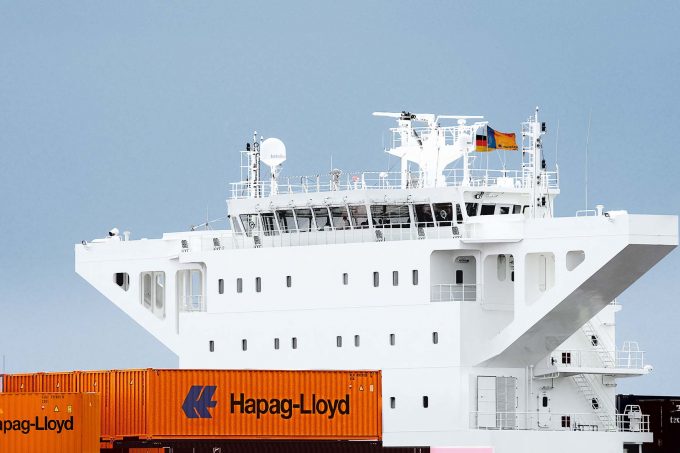Shipping lines should buy fuel collectively to clear a path to 'green' target
Enhanced alignment between shipping and fuel producers is essential if the industry is to meet ...

Hapag-Lloyd has finalised an order for six 23,500+ teu dual-fuel LNG-powered vessels, to be delivered between April and December 2023.
The ULCVs, which can also run on conventional bunkers, will be constructed at South Korea’s DSME shipyard at a cost of some $1bn.
They will, says the ...

Comment on this article